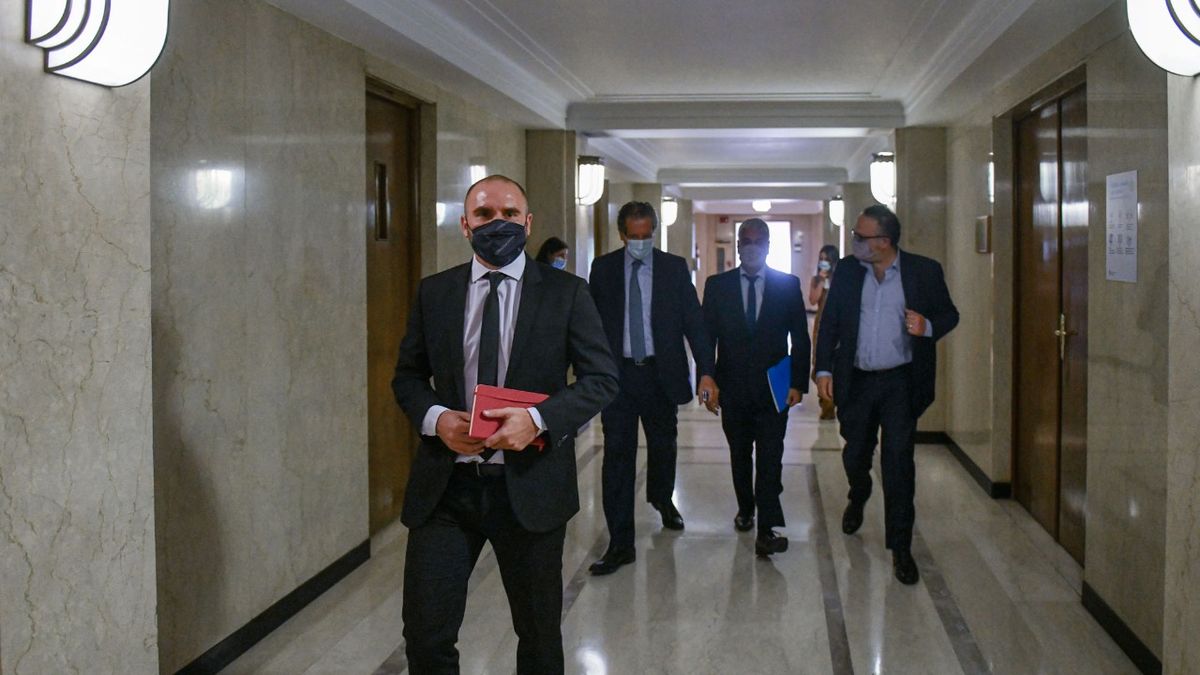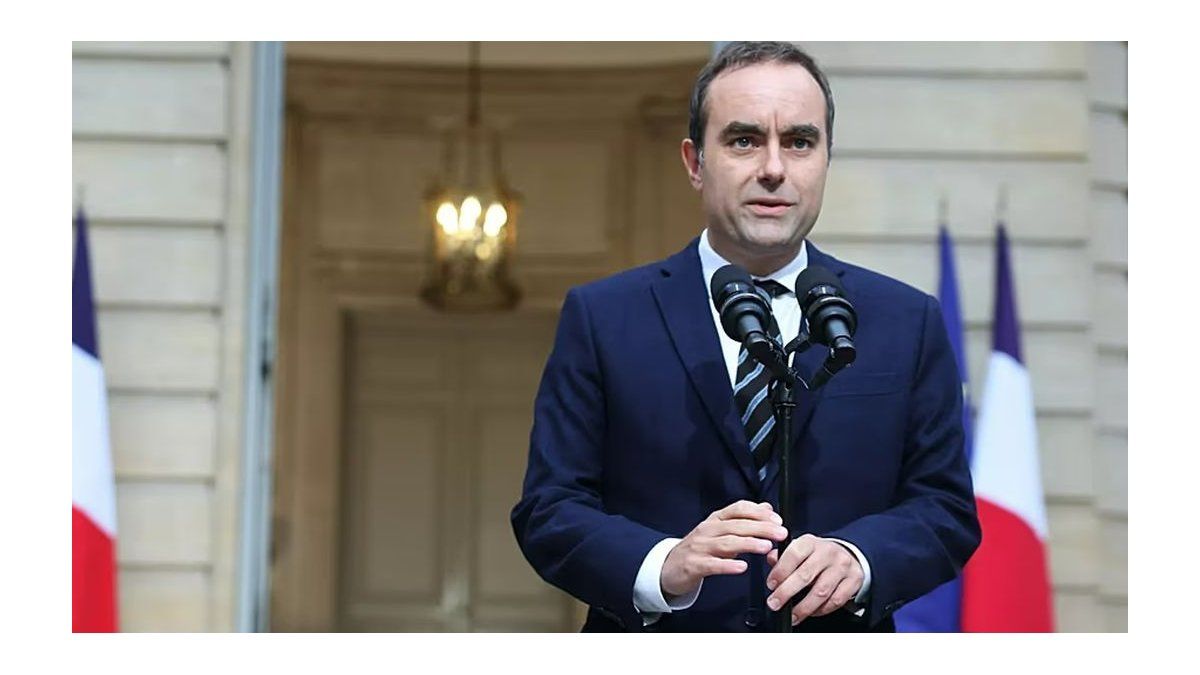The bond has a face value of u$s100pays semi-annual interest in the months of January and July, until July 9, 2023 pays an annual rate of 0.5%, from that date and until July 9, 2027 pays the 0.75% annually, and from that date to maturity pays the 1.75% per annum. Amortization is paid in 13 semi-annual and consecutive installments, the first of 4% of the capital on July 9, 2024 and the remaining 12 installments will be 8% of the capital. The last installment is paid on July 9, 2030.
Bonds dollars graphic.jpg
This bond has a rate of return of 30.5% per annum. If the national State had a fiscal surplus, for each u$s28.13 invested in this bond, you would take the equivalent of $100 of debt out of the market. We could say that for each dollar invested, he would withdraw debt for the equivalent of $3.55.
The LA30D is priced like a bond in default, however, the Argentine economy is about to sign a beneficial debt refinancing agreement with the IMF. Evidently the market is discounting that the Government will find it difficult to comply with the agreement with the IMF and that some setback will occur in the coming months.
Other analysts emphasize that Argentina’s debt will be difficult to honor in the medium term. For the year 2024, the amortization and interest maturities in dollars of the Argentine debt would reach $5 billionfigure that would be payable, however, for the year 2025 the maturities escalate to $9 billionfor the year 2026 to $10 billionfor the years 2028 and 2029 are located in the $18 billion. The market is discounting that Argentina, facing the next 7 years, will need a new debt restructuring. If he did his homework properly it wouldn’t be necessary, but it’s clear they don’t believe us.
One point to highlight is the debt in pesos. Argentina has a debt in pesos equivalent to US$111,455 million, of that total, 41.2% is debt that is not adjusted for inflation, while the remaining 58.8% is. This debt in pesos is very high if we compare it with the gross reserves of the country, which add US$37.330 million. Reserves represent 33.5% of total debt in pesos. With this relationship we will have stocks for a while, since, if we lift the stocks and the holders of debt in pesos would like to become dollarized, the Central Bank’s reserves would not be enough to satisfy such a demand, the rise in the exchange rate would be exponential and we would enter into a hyper inflation. Conclution, there is a trap for a while.
Dollar Stock Exchange.jpg

The paradox is that, while the debt bonds in dollars are trading at parities below 30%, the debt in pesos, and especially that adjusted for inflation, shows very high prices and, in many cases, is trading above parity. For example, The inflation-adjusted bond in pesos maturing on March 25, 2023 and trading under the name TX23, has a technical value of $204.70, while it is worth $210.50 on the market. This bond pays an annual income of 1.4%. When trading above parity, it is more convenient to make a fixed term adjusted for inflation to 90 days, which pays an annual rate of 1%.
For the market, a bond in pesos adjusted for inflation is more of a value safeguard than a bond in dollars. The bonds in pesos that adjust for the wholesale dollar have negative rates, which means that they are not discounting the possibility of a devaluation.
The market for negotiable obligations in dollars is interesting. The John Deere Negotiable Obligation with a 2-year term, quarterly interest payments and full amortization at the end is about to come out. It is estimated that the rate would be around 3% per year, it looks like a good alternative.
A year ago, the Merval Index, measured in dollars, traded at u$s313.35while it is currently listed on u$s443.25, this implies a rise of 41.5% in dollars. Clearly, the investment that had the most revenue in the last 12 months was shares, not due to attributes of economic policyhad a strong impact on the increase in companies linked to the exploitation of raw materials.
S&P Merval graph.jpg

For example, Aluar a year ago was worth u$s0,274while currently it is u$s0,515, an increase of 88% in dollars. Grupo Financiero Galicia a year ago was worth u$s0,764while currently it is u$s0.98an increase of 28.3% in dollars. YPF a year ago was worth US$4.20 and today it is worth US$4.56, an increase of 8.6% in dollars.
YPF Wall Street Stock ADrs.jpg

NYSE
Conclution
- In March 2021 we were coming out of the pandemic, the economy was beginning an important recovery process, in August and October the government lost the legislative elections in the hands of the opposition and would soon be signing an agreement with the IMF. The ruling party does not have majorities in Congress.
- From a year to this part, bonds in dollars are worth much less and the country risk has shot up. Peso holders have sought refuge in inflation-adjusted bonds that have given their holders great satisfaction. Those who bought shares had strong gains in dollars.
- Those who bought the MEP dollar did so at $145.39 a year ago, and today it is worth $193.39, this implies an annual gain in pesos of 33.0%, this yield is below the annualized inflation that would be located around 52% per year, and the yields of fixed terms that moved between a floor of 37% per year and a ceiling of 41.5% per year at present.
- The official dollar, in the last year, increased 19.8%, versus an estimated annual inflation of 52%. Clearly we have a great exchange delay, inflation in dollars would be 32% and if we subtract the American inflation that would be around 8% per year, our exchange delay would be around 24%, with which the wholesale dollar should be at a value $135 flat to start the conversation.
- The government delays the exchange rate, has a fiscal deficit financed by issuing and debt in pesos, does not have sufficient reserves and imposes great tax pressure on companies. This leads us to a scenario where we will be forced to live with an exchange trap for a long time, a high gap between the official dollar and the blue, and a regulated economy. In this context, until the market sees a structural change, I believe that dollar bonds will remain zombie assets, while most investors will gravitate towards inflation-adjusted local currency instruments. Given the government’s vocation to delay the exchange rate, bonds that adjust for the wholesale dollar do not seem, at the moment, a good option.
- Stocks will continue to be winners, especially those that are commercially tied to a primary product. The negotiable obligations of private companies are a very good option to save in dollars.
Source: Ambito




